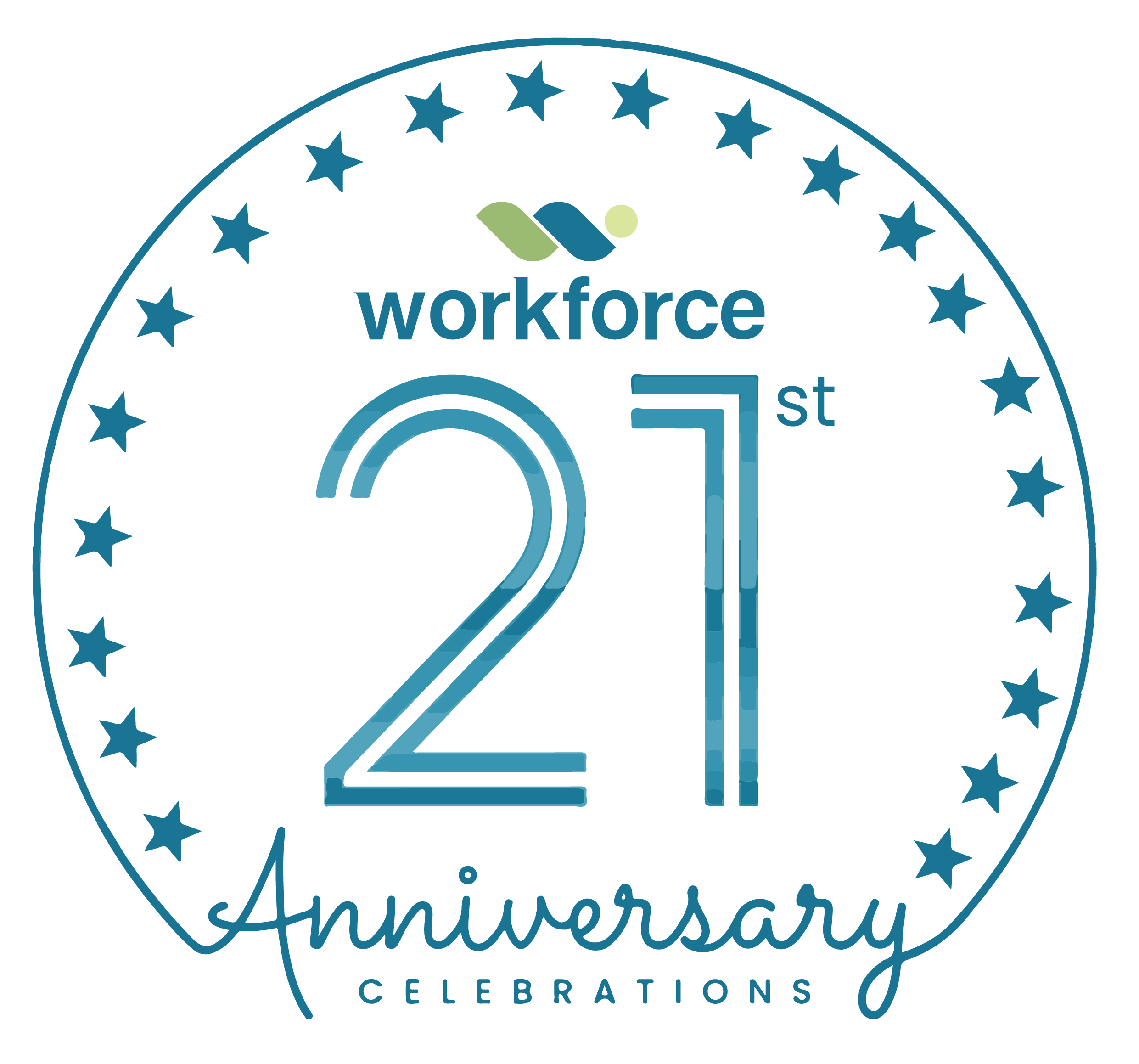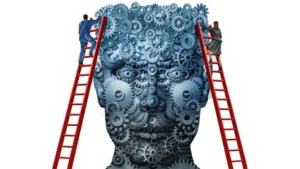Introduction – Why Traditional Leadership Development Programmes Fails
Despite rising investments in leadership development programmes, many organisations still find themselves struggling with stagnant team performance, poor cross-functional collaboration, and a widening execution gap. These challenges often trace back to one underdeveloped layer of the business: middle management.
The issue isn’t a lack of leadership training, it’s the kind of training being offered. Too often, leadership development initiatives are broad, overly theoretical, and detached from the real context of work. They fail to equip managers with the skills, mindset, and agility required to navigate today’s complex business environment.
If your L&D strategy relies on cookie-cutter content and off-the-shelf modules, you’re not investing; you’re spending. To see real business impact, your development efforts must be designed specifically for the unique realities of middle managers.
Understanding the Unique Role of Middle Managers
Middle managers serve as the bridge between your organisation’s strategy and its execution. They connect the boardroom to the break room. They implement decisions, influence team culture, manage upward expectations, and drive frontline execution. Yet, they are often the most under-supported group in leadership pipelines.
Unlike senior executives who focus on strategy, or frontline employees who focus on tasks, middle managers live in the tension between the two. They must inspire, manage, and problem-solve in real time often without sufficient authority or resources.
The importance of middle manager training cannot be overstated. These professionals are expected to lead teams, drive performance, coach employees, manage change, and still hit operational targets. That’s a tall order and without the right support, it’s a recipe for burnout, disengagement, or mediocrity.
A well-designed programme doesn’t just teach leadership theory—it helps middle managers lead through complexity, connect better with their teams, and align their work with the broader business mission.
Common Mistakes in Leadership Development Programmes Design
Many organisations fall into common traps when designing leadership development programmes. These missteps are usually well-intentioned but ultimately counterproductive:
- One-size-fits-all content: Generic leadership training may work for entry-level staff but rarely speaks to the realities of middle management. These leaders need nuanced, contextualised insights, not basic communication tips.
- Lack of organisational context: Most training content isn’t designed with the organisation’s industry, challenges, or culture in mind. This creates a disconnect between what’s learned and what’s needed on the job.
- Over-reliance on classroom sessions: Sitting in a workshop for a few hours can’t drive lasting change. Leadership development must be a journey, not an event.
- Ignoring feedback from the learners themselves: Programmes are often designed without listening to the needs, frustrations, or aspirations of middle managers. This oversight leads to disengagement and low retention of learning.
- No connection to performance outcomes: If your L&D strategy can’t show how training impacts business results, it won’t be viewed as strategic. Learning for learning’s sake doesn’t work in today’s performance-driven climate.
At Workforce Group, we have helped various African organisation avoid these traps by co-creating learning journeys with stakeholders, aligning content with strategy, and ensuring middle managers gain the tools they actually need.
Key Components of High-Impact Leadership Development Programmes
Truly effective leadership development programmes for middle managers are built on more than strong content, they are anchored in business relevance and human experience. Here are the core elements every organisation should consider:
1. A Competency Framework with Teeth
Define what great leadership looks like in your business. Map those behaviours to your strategic objectives, and assess your managers against them.
2. Tailored Learning Pathways
Your middle managers are not all the same. Segment by experience level, business unit, or capability gaps and offer modular, flexible content that can be tailored to specific needs.
3. Real-World Application
Make sure every training component is rooted in real challenges managers are facing. Simulations, problem-solving labs, and workplace projects are far more effective than theory alone.
4. Managerial Accountability
Involve senior leaders in the development process. Have them sponsor projects, provide feedback, or mentor participants. This keeps the learning relevant and reinforces the message that leadership growth matters at all levels.
5. Ongoing Reinforcement
Sustain the momentum through micro-learning, coaching sessions, refresher workshops, and online communities. Learning must continue long after the classroom ends.
Workforce Group brings all these components together in our blended delivery model, ensuring development is not just educational—but transformational.
Blended Learning and Coaching: Best Practice Approaches
The best leadership development programmes integrate multiple learning modalities to deliver maximum impact over time. Middle managers benefit most from an ecosystem of support—not a single intervention.
Blended Learning
Combining digital learning with in-person (or live virtual) sessions gives managers the flexibility they need, while also offering rich, interactive experiences. They can learn the theory at their own pace and practise the application in group sessions.
Peer Learning
When middle managers learn together, they share insights, solve problems, and build a sense of community. This helps break down silos and promotes cross-functional collaboration.
Executive and Group Coaching
Coaching helps individualise the learning experience, offering participants the opportunity to reflect on their leadership style, tackle real challenges, and commit to action.
Action Learning Projects
Assign real business challenges for learners to solve in groups. Not only does this create tangible value for the organisation, but it also ensures learning is embedded through practical application.
At Workforce Group, we design immersive programmes that blend learning, coaching, and collaboration, ensuring middle managers grow in confidence, capability, and influence.
Measuring Impact: KPIs and Feedback Mechanisms
One of the most overlooked areas in any L&D strategy is measurement. If your leadership development initiatives don’t include robust metrics and feedback loops, how can you tell if they’re working?
- Start with the End in Mind
Define what success looks like; improved engagement, better team productivity, stronger pipeline readiness, and align your KPIs to these outcomes.
- Track Behavioural Shifts
Use 360-degree feedback tools before, during, and after the programme to track changes in how participants are perceived as leaders.
- Monitor On-the-Job Application
Follow up with managers and their line reports to assess how learning is being applied. Are there visible shifts in decision-making, communication, or delegation?
- Evaluate Business Impact
Link learning outcomes to performance indicators such as revenue growth, customer satisfaction, or operational efficiency. When learning is done right, it drives results.
At Workforce Group, we incorporate measurement tools and post-programme reviews to help our clients demonstrate clear ROI from their middle manager training investments.
Conclusion
Middle managers are more than operational gears—they are strategic multipliers. Equip them properly, and you strengthen your organisation’s agility, performance, and leadership pipeline.
Generic training won’t get you there. But high-impact leadership development programmes tailored to the needs of mid-level managers? That’s your competitive edge.
At Workforce Group, we specialise in helping organisations across Africa design and implement transformative L&D strategy solutions. Whether you need to equip your middle managers with stronger leadership skills, or build a full pipeline from supervisor to senior leader, we’re here to help.
Ready to make your leadership development initiatives work better?
Let’s talk about what’s possible. Contact Workforce Group today; hello@workforcegroup.com





